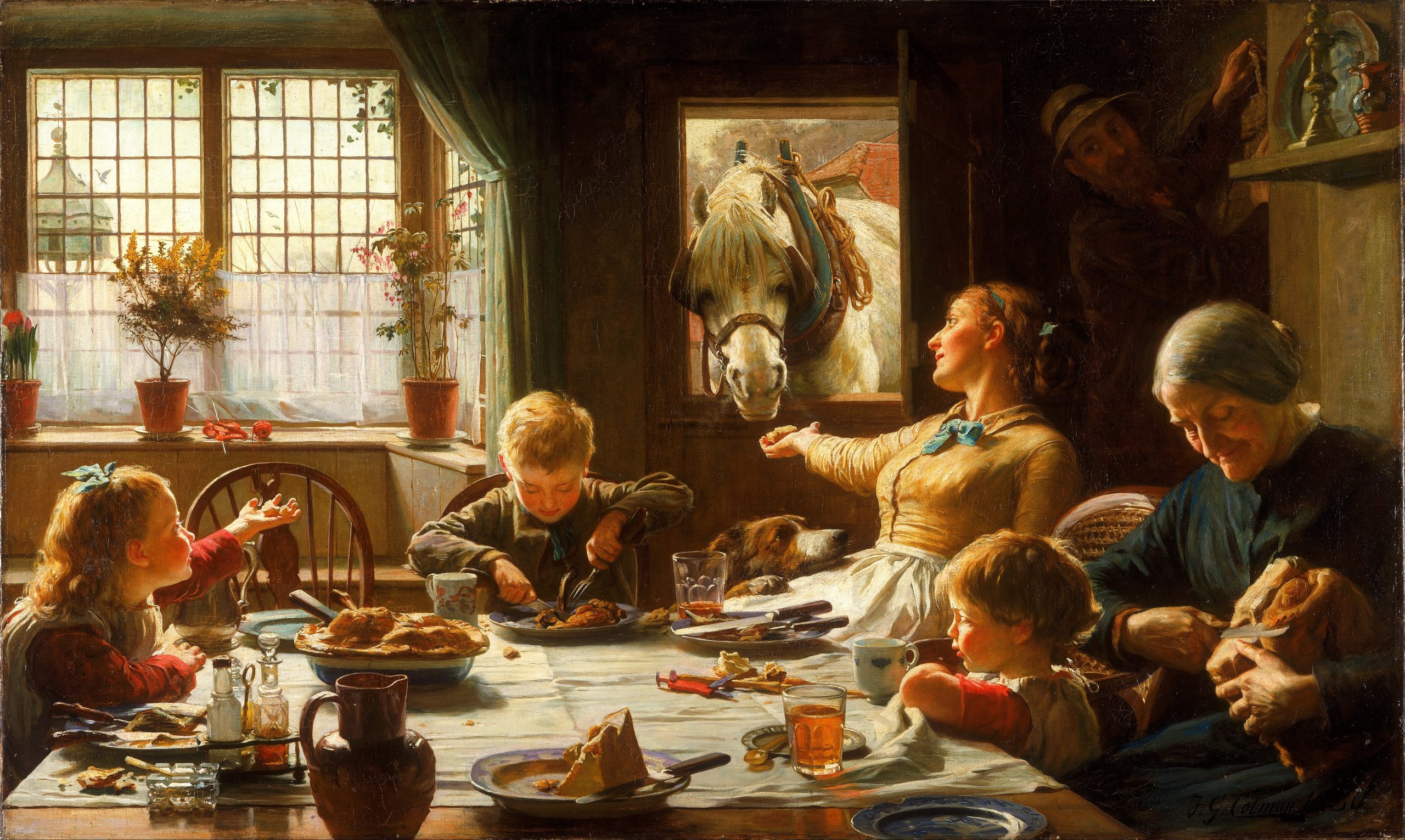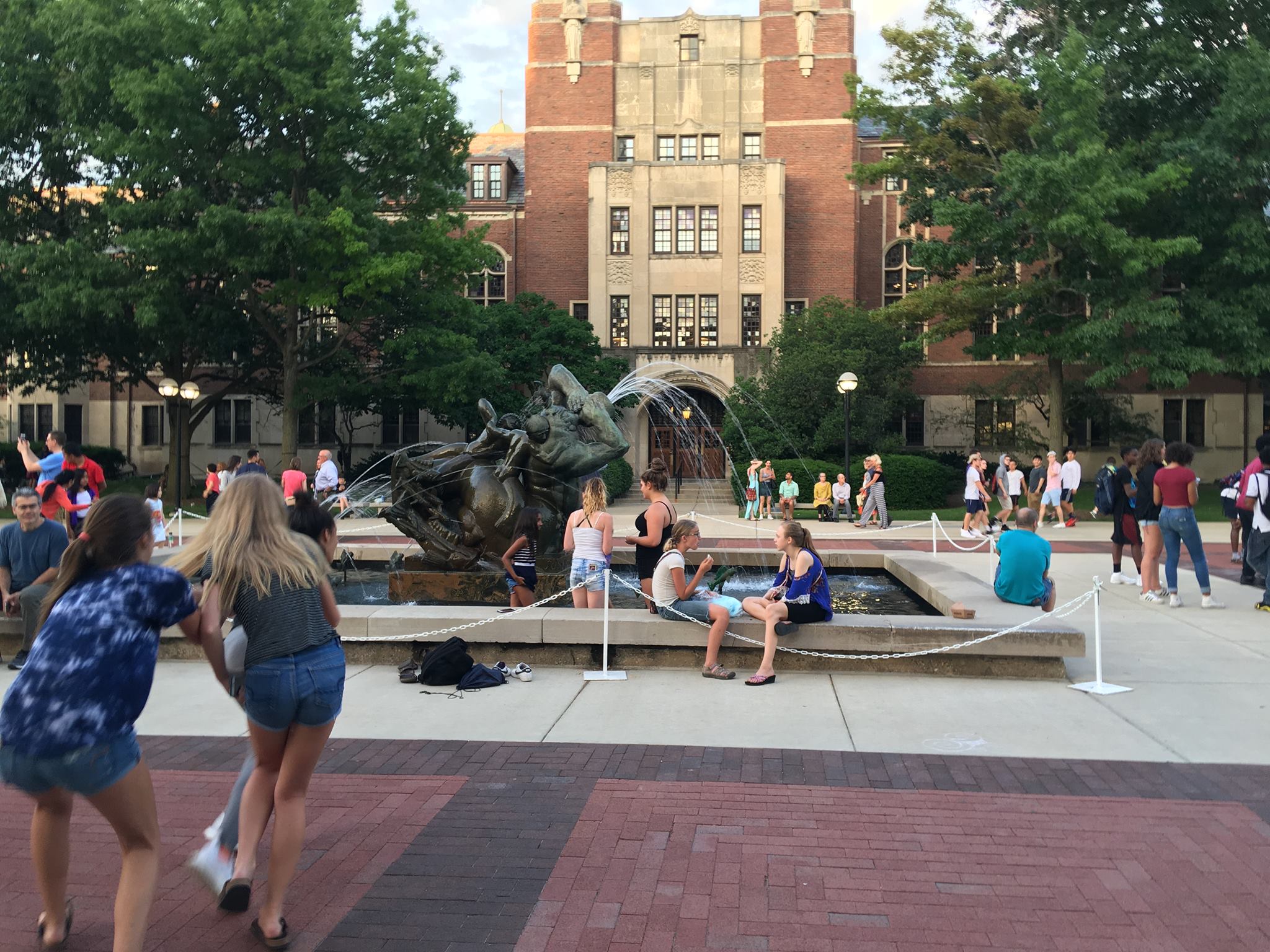Penn Club
- Home Page 30

Sweet Potato Pie
This content is accessible to paid subscribers. To view it please enter your password below or send mike@standardsmichigan.com a request for subscription details.
Optimization
Problem Tracker:
- Sliders and posts do not update across all platforms simultaneously. This may be a permanent plug in issue that may require an entirely new theme. The workaround is to simply refresh your browser once or twice to load the latest content. Content changes 18 times per day.
- Some browsers do not pick up the sidebar links to our other social media facilities on individual posts. The remedy is to navigate to the bottom of our home page for those links.
- Images with captions will not center.
- Our Weblizar footer will not accept edits anymore. We are in process of re-designing the footer. Our new address Eisenhower Parkway address appears on our CONTACT page.
This platform — some twenty years in the making — needs maintenance from time to time so today there will be no Daily Consultation (15:00/16:00 UTC) while we tidy up our firmware. Instead, we make visible so-called “Evergreen” content on our client facing page as well as links to our priority projects:
We are moving our office across from the 150 State Street office we’ve occupied over ten years to an office across the street to 455 East Eisenhower, Suite 300, Ann Arbor, MI 48108 still proximate to the University of Michigan South Athletic Campus, with more expansive parking shared with the Olive Garden.
Enjoy the weekend! We shall reconvene LIVE again Monday, Columbus Day, October 13th when we scan codes and standards coalescing around the artificial intelligence zietgeist.
Spring Break has been amazing this week! Principal time is shut off! Spending time with the family is turned on! Sometimes the little things in life matter the most. Birds chirping, playing in playground, nature walk, hearing church bells! Blessed! 🙏🏻✝️#BeKindWorkHardBeGreat pic.twitter.com/bEnEpAvfnm
— Nick Edwards, M.Ed (@Nick_EdwardsEDU) April 17, 2025
#TBT to these U-M students boarding buses for the winter break in 1939! 📸: Ivory Photo Collection pic.twitter.com/HVJXaVMG1K
— UM Bentley Library (@umichBentley) December 19, 2024
Night lights. 💡 pic.twitter.com/RdNjaRNLFj
— Alumni Association of the University of Michigan (@michiganalumni) December 20, 2024
Reflections on 20 years of National Electrical Code advocacy for @APPA_facilities https://t.co/V1P5XEChtz@UMich pic.twitter.com/N9Vp0whvwi
— Standards Michigan (@StandardsMich) July 11, 2016
Cafe Crawl
Statement of Net Position 2024: $685,683 (000) | Leadership Organization | Master Plan
Bryant University is elated to announce that the Bulldog Community has earned a prestigious five-star excellence rating from @QSCorporate Quacquarelli Systems, affirming Bryant’s place among the elite institutions of higher education worldwide. This comprehensive evaluation,… pic.twitter.com/0XzixVQbiN
— Bryant University (@BryantUniv) February 4, 2025
“The Big Chill” Morning Coffee
“Amazing tradition.
They throw a great party for you
on the one day they know you can’t come.”
Michael Shellenberger (University of Texas Austin): Return of the Strong Gods
R.R. Reno: Nationalism, Populism, and the Future of the West
Roger Scruton: Why Are Intellectuals Mostly Left?
Amy Wax: The Perilous Quest for Equal Results in Academia
University of Oxford: Tackling Corruption in the University
Th0mas Sowell: How to spot a lying intellectual socialist
Heather MacDonald: Feminist Takeover of Academia
Jordan Peterson: Intellectual Corruption of Colleges and Universities
Douglas Murray: Has academia has turned on Christopher Columbus?
40 years ago today, “The Big Chill,” a movie about a group of U-M grads written and directed by alum Lawrence Kasdan, debuted in theaters. 🎥 pic.twitter.com/fUVDNGXSNW
— Alumni Association of the University of Michigan (@michiganalumni) September 28, 2023
George H.W. Bush 1991 University of Michigan Commencement Speech on “Political Correctness”
“Ironically, on the 200th anniversary of our Bill of Rights, we find free speech under assault throughout the United States, including on some college campuses. The notion of political correctness has ignited controversy across the land. And although the movement arises from the laudable desire to sweep away the debris of racism and sexism and hatred, it replaces old prejudice with new ones. It declares certain topics off-limits, certain expression off-limits, even certain gestures off-limits.”
Pumpkin Spice Latte
Syracuse University Financial Statement 2023 | Net Position $4.263B
Campus Planning, Design and Construction | Syracuse University Facilities Services
“While the earth remaineth, seedtime and harvest, cold and heat,
and summer and winter, day and night will never cease.”
Syracuse University College Eats

Chris Williamson: The Hidden Truth About Our Collapsing Birth Rates
Easy Budget Meals
This content is accessible to paid subscribers. To view it please enter your password below or send mike@standardsmichigan.com a request for subscription details.
Rivalry Week
This content is accessible to paid subscribers. To view it please enter your password below or send mike@standardsmichigan.com a request for subscription details.
„Northern Lights”
| This is a choral composition that falls within the genre of modern classical music. Ola Gjeilo is a Norwegian composer and pianist known for his engaging and atmospheric choral works; here inspired by the Aurora Borealis. |
The text is the Latin Pulchra es, amica mea, from Song of Solomon:
Thou art beautiful, O my love,
sweet and comely as Jerusalem,
terrible as an army set in array.
Turn away thy eyes from me,
for they have made me flee away.
History of Western Civilization Told Through the Acoustics of its Worship Spaces
Silly Stories or Symbolic Wisdom
This content is accessible to paid subscribers. To view it please enter your password below or send mike@standardsmichigan.com a request for subscription details.
New update alert! The 2022 update to the Trademark Assignment Dataset is now available online. Find 1.29 million trademark assignments, involving 2.28 million unique trademark properties issued by the USPTO between March 1952 and January 2023: https://t.co/njrDAbSpwB pic.twitter.com/GkAXrHoQ9T
— USPTO (@uspto) July 13, 2023
Standards Michigan Group, LLC
2723 South State Street | Suite 150
Ann Arbor, MI 48104 USA
888-746-3670





















